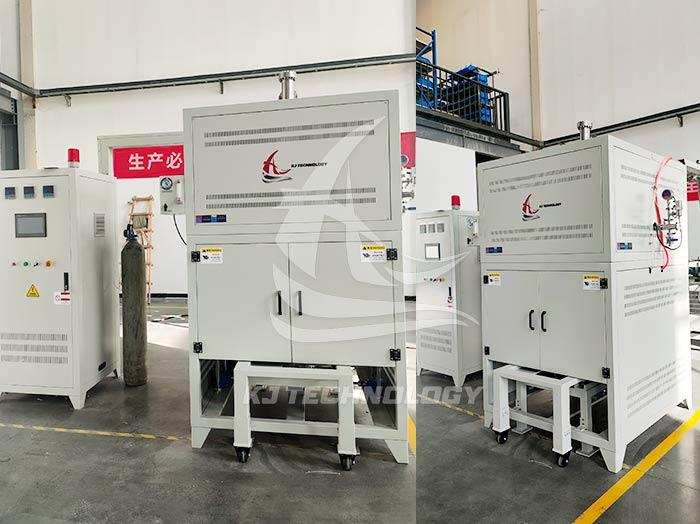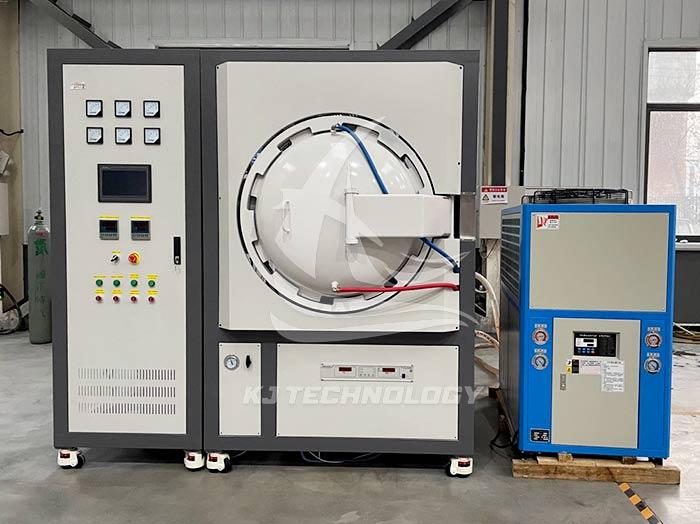High vacuum brazing temperature
 10-31-2025 Author: KJ technology
10-31-2025 Author: KJ technology
The temperature range for high vacuum brazing is usually between 600 ℃ and 1600 ℃, depending on the type of brazing material and the characteristics of the base material. The following is a detailed explanation of the high vacuum brazing temperature:
1. Typical temperature range
General range: The temperature for high vacuum brazing is generally between 600 ℃ and 1200 ℃, which is the commonly used working range for most brazing materials such as silver based, copper based, and nickel based brazing materials.
High temperature extension: The brazing temperature of some high-temperature alloys or special materials (such as high-temperature alloys containing aluminum and titanium) can reach up to 1600 ℃ to adapt to their high melting point characteristics.
2. Temperature selection criteria
Melting point of brazing material: The brazing temperature should be 30 ℃ to 100 ℃ higher than the solid-liquid phase line temperature of the brazing material to ensure that the brazing material is fully melted and flows. For example, when using 22Ti-78Si brazing material, the optimal brazing temperature is 1400 ℃.
Base material characteristics: The temperature should be lower than the solid-liquid phase line temperature of the base material to avoid melting or performance degradation of the base material. For example, the brazing temperature of aluminum alloy components needs to be strictly controlled to prevent aluminum aggregation and a decrease in weld toughness.
Process requirements: Different materials and structures have different temperature requirements. For example, the brazing temperature of graphite components may vary depending on the type of brazing material (such as gold based, palladium based, manganese based, or titanium based brazing materials), ranging from 960 ℃ to 1650 ℃.
3. Temperature control accuracy
High precision requirements: High vacuum brazing requires extremely high temperature control accuracy, usually with a temperature control accuracy of ± 1 ℃ and high temperature uniformity of ± 3 ℃ (such as 9-point temperature measurement in an empty furnace at 900 ℃).
Equipment support: Advanced high-temperature vacuum brazing furnaces (such as ZGS-90A type) can achieve rapid heating and cooling. The furnace temperature takes less than 90 minutes to rise from room temperature to 1500 ℃, and less than 30 minutes to drop from working temperature to 200 ℃.
4. The Influence of Temperature on Welding Quality
Joint strength: A suitable brazing temperature can achieve high-strength joints. For example, when using Ti35Zr35Ni15Cu (wt.%) brazing material to solder SiC ceramics, the maximum strength of the joint is higher.
Microstructure: Temperature affects the diffusion behavior between the brazing material and the base material, which in turn affects the microstructure and properties of the joint. For example, excessive brazing temperature may lead to surface sintering or passivation of the absorber, reducing its adsorption performance.
Deformation control: Accurate temperature control can reduce welding deformation.








